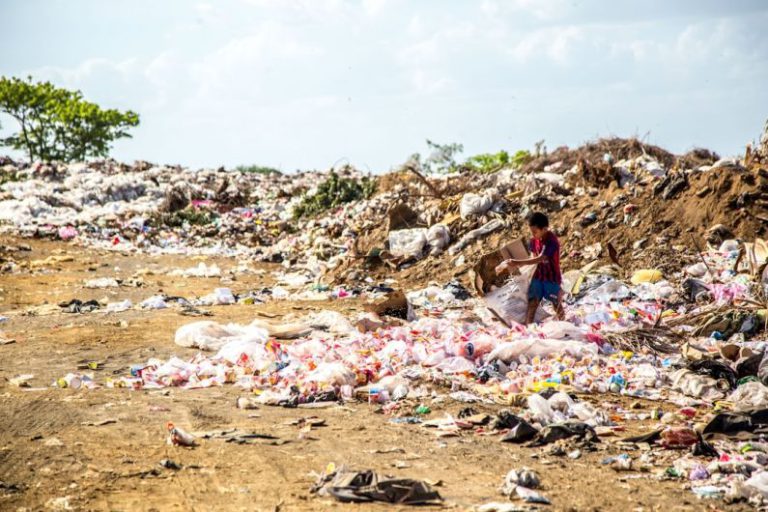Life Cycle Assessment: the Environmental Benefits of Retreading
Treading Lightly: The Environmental Advantages of Retreading Tires
Every year, millions of tires end up in landfills, contributing to environmental degradation and waste accumulation. In light of this, the tire industry has been exploring ways to mitigate the environmental impact of tire disposal. One such solution gaining traction is retreading tires. By extending the life cycle of tires through retreading, significant environmental benefits can be achieved. This article delves into the practice of retreading tires and highlights the positive effects it has on the environment.
Extending Tire Lifespan through Retreading
The process of retreading tires involves removing the worn tread from a tire and replacing it with a new tread. The tire carcass is inspected for any damage and, if deemed suitable, can undergo the retreading process multiple times. This practice effectively extends the lifespan of tires, reducing the demand for new tire production and ultimately decreasing the number of tires that end up in landfills.
Reducing Resource Consumption
Retreading tires significantly reduces the consumption of raw materials needed to manufacture new tires. The production of a new tire requires a considerable amount of natural resources, such as rubber, oil, and steel. By opting for retreaded tires, these resources can be conserved, leading to a reduction in energy consumption and greenhouse gas emissions associated with the tire manufacturing process.
Lowering Carbon Footprint
The environmental benefits of retreading extend to the reduction of carbon emissions. The manufacturing of new tires is an energy-intensive process that emits greenhouse gases into the atmosphere. By choosing retreaded tires, individuals and businesses can lower their carbon footprint by decreasing the demand for new tire production. This reduction in carbon emissions contributes to mitigating climate change and promoting environmental sustainability.
Promoting Circular Economy
Retreading tires align with the principles of a circular economy by keeping tires in use for a longer period. Instead of disposing of tires after their initial tread wears out, retreading allows for the reuse of tire carcasses, maximizing their utility. This practice not only reduces waste but also promotes a more sustainable approach to resource management within the tire industry.
Cost-Effectiveness and Performance
In addition to the environmental benefits, retreaded tires offer cost savings and comparable performance to new tires. The lower cost of retreaded tires makes them an attractive option for budget-conscious consumers and businesses looking to reduce operational expenses. Furthermore, advancements in retread technology have enhanced the quality and durability of retreaded tires, ensuring that they perform on par with new tires in terms of safety and reliability.
The Road Ahead: Embracing Retreading for a Sustainable Future
As the world strives towards a more sustainable future, the adoption of practices like retreading tires plays a crucial role in reducing environmental impact and promoting resource efficiency. By choosing retreaded tires, individuals and businesses can contribute to waste reduction, resource conservation, and emission mitigation. Embracing retreading as a viable alternative to tire disposal not only benefits the environment but also supports the transition towards a more circular and sustainable economy.
In conclusion, the environmental benefits of retreading tires are undeniable. From reducing resource consumption and carbon emissions to promoting a circular economy, retreaded tires offer a sustainable solution to tire disposal. By making informed choices and opting for retreaded tires, we can tread lightly on the planet and pave the way for a greener future.






